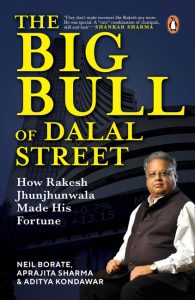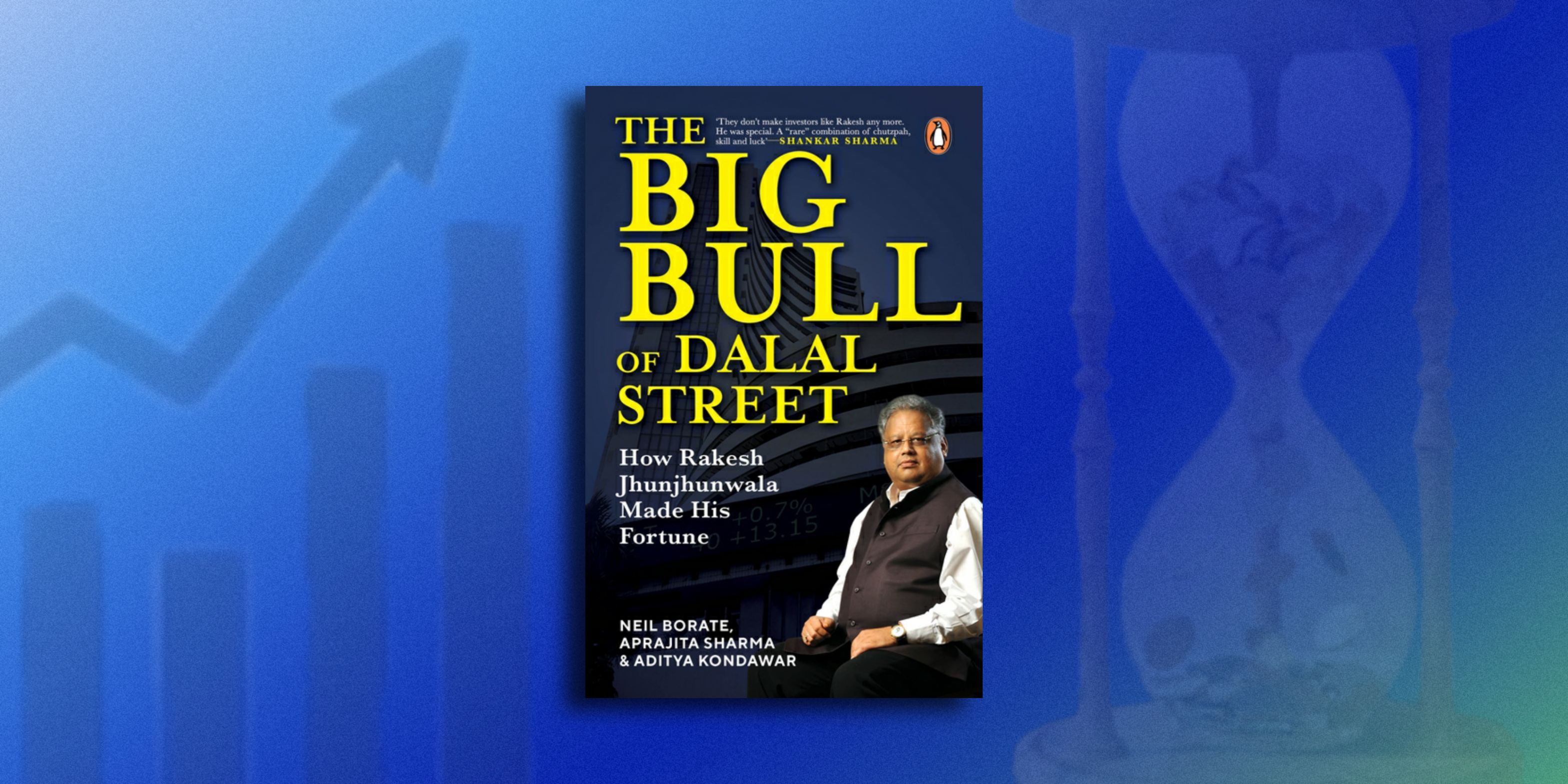From its humble beginnings to its meteoric rise, Titan has captured the hearts and wrists of millions of people worldwide. With exclusive insights and extensive research, The Big Bull of Dalal Street offers a riveting narrative of Titan’s evolution, revealing the challenges and triumphs of this consumer brand powerhouse.
Here’s an excerpt from the book!

*
The journey of a thousand miles begins with a single step, and the journey of Titan began with one watch! Today, every three seconds, someone somewhere around the world buys a Titan watch. Titan started in 1984 with just one product category—watches. Xerxes Desai, a senior executive with the company, was looking for new business opportunities for the firm when he chanced upon the idea of watch manufacturing in 1977. The Titan story is documented in detail in the book Titan: Inside India’s Most Successful Consumer Brand by Vinay Kamath, published in 2018, parts of which we will rely upon, along with Titan annual reports, in this chapter.
After almost a decade of tenaciously navigating through the public sector Hindustan Machine Tools’ (HMT) hegemony, the reluctance of the Swiss to part with watchmaking technology, the licence raj and RBI’s stringent forex norms, Titan was formed as a joint venture between Tamil Nadu Industrial Development Corporation (TIDCO) and the Tatas in 1984. TIDCO had been looking at a few projects and its talks with other watchmakers hadn’t borne fruit. To provide much needed foreign exchange to finance the purchase of the required capital equipment, assistance was sought from the International Finance Corporation (IFC), based in Washington DC. The IFC is the private sector-focused sister entity of the World Bank.
The IFC was so enamoured by the project, it even sought to make an equity investment in Titan. Titan chose to locate its first plant in Hosur and its headquarters in Bangalore. The fact that HMT’s watch plant was located in that city was a major incentive. Xerxes said as much in an interview published in Businessworld magazine in December 1989. The main reason for choosing Hosur was its proximity to Bangalore. They thought it would be easier for them to pull people out of HMT especially the ones with technical and managerial experience. They wanted to raid HMT and they were successful with the same. It was a blessing in disguise for them as HMT was overflowing with staff and the growth avenues at the top-level management weren’t many, which made the raiding even easier.
Titan launched with five watch collections: Exacta (steel), Fastrack (sporty models for the youth), Classique (gold-plated dials with leather straps), Spectra (two-tone—steel and gold) and Royale (gold-plated dials with goldplated metal bracelets). The lowest priced was Fastrack, at Rs 350, and the highest was Royale at Rs 700. From day one, Titan was projected as a premium brand. That first day at the Safina Plaza showroom, Titan sold seventeen watches; the first month’s sale was 313 watches. The Classique range was the bestseller, accounting for 65 per cent of sales.
However, the journey was not without its hiccups. From the initial batch of Titan watches manufactured in December 1986, J.R.D. Tata was gifted a watch. To the embarrassment of the Titan team, the quartz watch given to Mr Tata was not working. In the 1990s, Titan took the disastrous decision of entering the European market. Used to working in a monopolistic environment in India, Titan was unable to match up to the exacting standards of delivery and quality that watch retailing in Europe involved. It was a struggle, recalls Ajoy Chawla, a young manager in the early 1990s who would later head new business incubation and strategy for Titan Company Ltd, even to pay salaries and the rent for the premises. The effect was very clear on the financials—despite growing revenue from Rs 700 crore in 2000–01 to Rs 800 crore in 2002–03, net profit decreased from Rs 23.5 crore in 2000–01 to just Rs 6.2 crore in 2002–03. Titan was going through a tough phase. It was a trying time for Bhaskar Bhat, who took over as managing
director in 2002.







